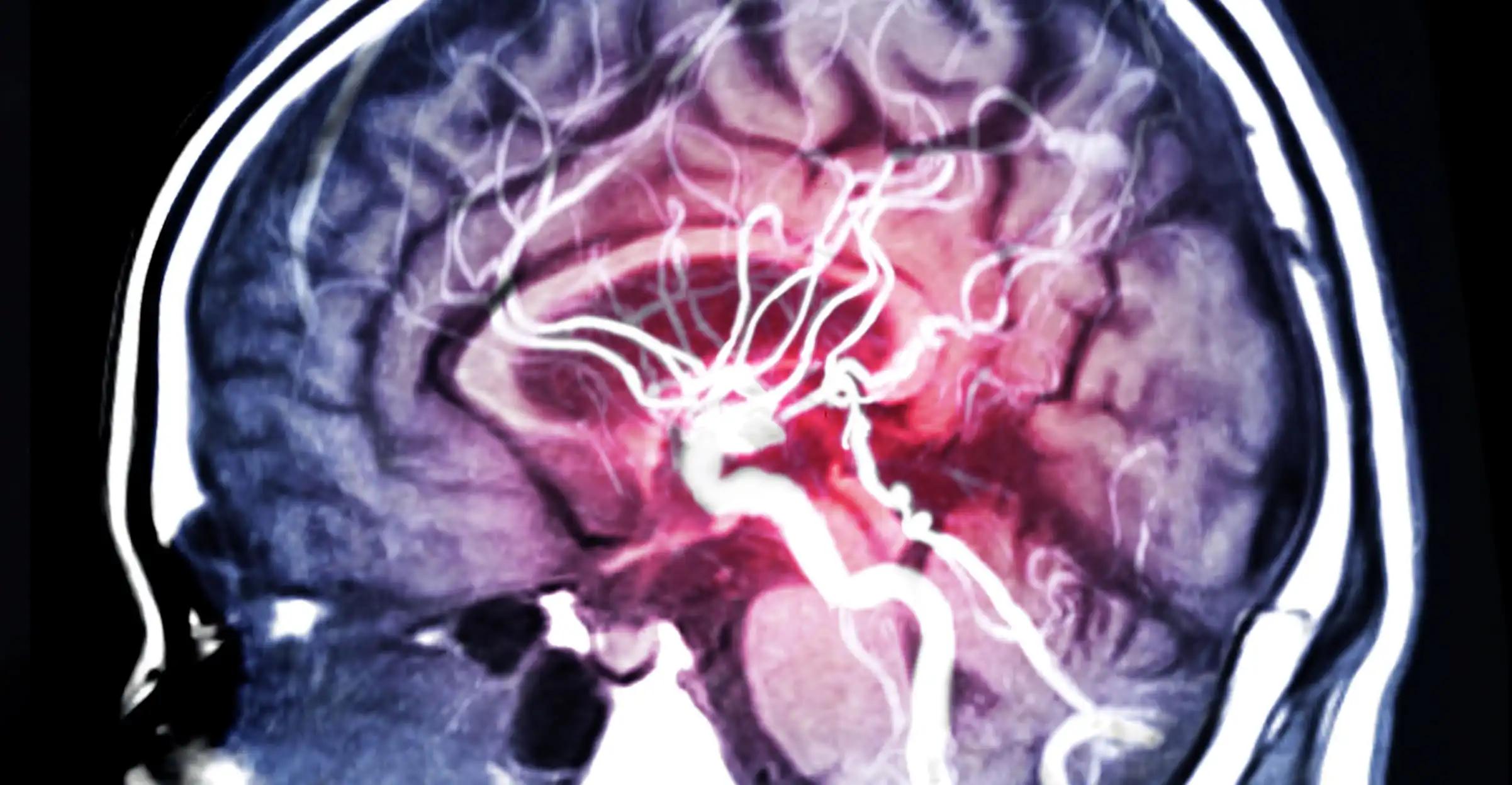KEY TAKEAWAYS
- The study aimed to investigate the molecular landscape of newly established CPCs cell lines, for developing innovative treatments for brain tumor pts.
- Researchers noticed shared TP53 mutations, common NOTCH and WNT pathway alterations in CPCs, proposing new treatments for brain tumors pts.
Choroid plexus carcinomas (CPCs) pose a significant clinical challenge due to their rarity and poor prognosis. With limited treatment options available, an urgent need for robust research models was recognized to advance the understanding of CPCs.
In this study, Nouran Alshahaby and her team aimed to address this gap by establishing two CPC cell lines and conducting comprehensive multi-omics analyses. These newly developed cell lines offer valuable insights and serve as crucial models for exploring novel therapeutic interventions in the context of these rare and lethal brain tumors.
Researchers performed an inclusive analysis encompassing methylation array (EPIC 850 K), whole genome sequencing (WGS), CANCERPLEX cancer genome panel testing, RNA sequencing (RNA-seq), and proteomics analyses in CCHE-45 and NGT131 cell lines.
In the methylation classification, both CCHE-45 and NGT131 cell lines were categorized as methylation class B. Both exhibited pathogenic TP53 point mutations, with CCHE-45 additionally featuring TP53 loss. Alterations in the NOTCH and WNT pathways were identified in both cell lines. CCHE-45 presented two protein-coding gene fusions (BZW2-URGCP and CTTNBP2-ERBB4), mutations in oncodrivers GBP-4 and KRTAP-12-2, and various copy number alterations in CCHE-45, but not NGT131.
Transcriptome and proteome analysis unveiled both shared and unique signatures, indicating potential variability in CPCs tumors. The identification of these differences underscores the significance of understanding the diverse nature of CPCs, emphasizing the need for further research to comprehend disease pathogenesis thoroughly.
The study concluded that the 2 CPCs cell lines shared TP53 mutations and exhibited common alterations in crucial pathways such as NOTCH and WNT. Noteworthy differences were also observed, emphasizing the unique characteristics within these cell lines. The identified similarities and distinctions highlight the potential of these cell lines as valuable models for proposing innovative treatments in the context of these rare yet deadly brain tumors.
The study is sponsored by Japan Society for the Promotion of Science (JSPS) KAKENHI grants to M.N (21KK0156)
Y.T (22K16679) and T.H (22K09251) and a grant from Niigata Prefectural Bureau of Hospital Administration to T.W
Egypt Cancer Network (ECN) to S.E.
Source: https://link.springer.com/article/10.1007/s11060-023-04484-3#Abs1
Hesham D, On J, Alshahaby N, Amer N, et al. “Multi-omics analyses of choroid plexus carcinoma cell lines reveal potential targetable pathways and alterations.” J Neurooncol. 2024 Jan;166(1):27-38. doi: 10.1007/s11060-023-04484-3. Epub 2024 Jan 8. PMID: 38190092.



